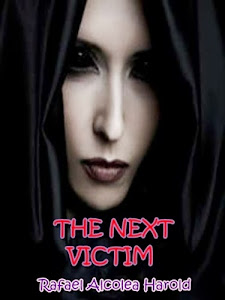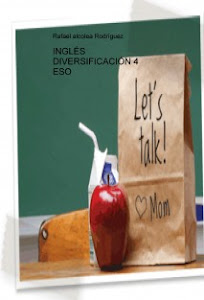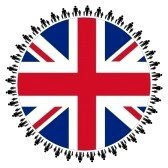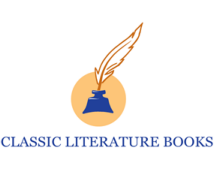It is not hard to imagine anyone reading the title above and immediately thinking of Halloween activities like “trick or treating”, pumpkins as lanterns and all sorts of costumes, especially those of the ghostly variety.
But, most of the above are creations during the relatively recent 20th Century, and to find the origins of Halloween we have to go back much further, and particularly across the seas to find the beautiful, green and verdant island, known as Ireland.
The early Irish people were Celtic tribes, similar to those found in Scotland, Wales, Breton (Northern France) and Galicia (an ancient region of N W Spain). The Celts embraced Paganism, one of many hundreds or even thousands of belief systems that were very common in the days before the three Abrahamic religions of Christianity, Judaism and Islam, and are still popular today (eg: Wiccan). The Pagan Celts all spoke Gaelic, although with some differences in each location. No one at that time, however, had yet heard of Halloween.
Paganism comes from the Latin word “paganus” meaning country dweller or rustic. It is a term which, from a Western perspective, has modern connotations of spiritualist, animistic or shamanic practices or beliefs of any folk religion, and of historical and contemporary polytheistic religions in particular.
The Irish Celts had two particularly important Festival celebrations, one which celebrated the arrival of Spring, of renewal, is called Beltane and is on May First with dancing, feasting and the traditional Maypole. The other celebrates the end of the harvest, and arrival of Winter, on the 1st of November and is called Samhain. Incidentally, in the Gaelic language still in use in much of Ireland today, the word for November, is Samhain. Samhain is also generally regarded as the beginning of the Celtic New Year.

By the way, Celtic in all this is pronounced with a hard ‘c’, as in ‘car’, whereas in the famous Boston Celtics basketball team, and Glasgow Celtic soccer team it is a soft ‘c’ the same as in ‘Caesar’. Their origins are the same, just different pronunciations.
The ancient Celtic tribes believed that the dividing line between the living and the dead became dangerous for the living on 31st October, when the change in the weather had become much cooler (colder) leading to sicknesses and damage to crops. So, they tried to ward off the perceived evil spirits by lighting bonfires where the bones of slaughtered livestock were thrown. Just like at modern Halloween, at these new festivals, masks and costumes were worn, making them look like evil spirits, in an attempt to placate them and send them far away.
One of the names for these festivals (feast days) was on the eve of Samhain, 31st October, about to be the eve of All Hallows Day, and soon to be known as Halloween.
With the advent of Christianity, in the first Millenium, celebrations had begun of a Festival called All Saint’s Day, which was also known as All Hallows or Hallowmass, and was celebrated on 13th May. (Hallow means to make Holy.) The day before All Hallows was called All Hallows Even, and hence shortened to Hallowe’en, and then to the Halloween we have today.
All Saint’s Day is a feast held in honour of all saints, known and unknown. In terms of Roman Catholic theology, the feast commemorates all those who have attained the beatific vision in Heaven. (In the RC Church, Sainthood is bestowed on a person who has died, after performing great and wonderful deeds on earth. This process is called beatification.)
The day after All Saint’s Day is known as All Soul’s Day, and commemorates those who have died, but who have not yet been purified and gone to Heaven. In many parts of the world, especially South America and other largely Catholic countries (such as The Philippines) this day is also known as the “Day of the Dead”.
Until the ninth century, when Pope Gregory IV moved All Saint’s Day to 1st November, from 13th May, it had really been a festival of Pagan traditions, held just after Beltane on 1st May.
Now that All Saint’s Day was on 1st November, it was also on the same day as Samhain. As stated above the day before All Saint’s Day (or All Hallows Day), was All Hallows Even, which became shortened to Hallowe’en and thus, Halloween. Gradually, many of the Pagan traditions of Samhain, begun to be incorporated into Halloween, particularly the attempts to ward off the evil spirits, as described earlier, with the costumes and masks.
Of course, the main modern Halloween activities for children today, especially in North America, are ‘trick or treating’, lantern lighting and dressing in often ghoulish costumes. It appears that this did not really start until the early part of the 20th Century. The first known reference to what is really ritualised begging on Halloween, was reported in 1911, in a Canadian newspaper in Kingston, Ontario, not far from the border with upstate New York. The paper reported that it was normal for the smaller children to go street guising on Halloween between 6 and 7pm, visiting shops and neighbors, to be rewarded with nuts and candies for their rhymes and songs.

Interesting links related to Halloween:






























No hay comentarios:
Publicar un comentario